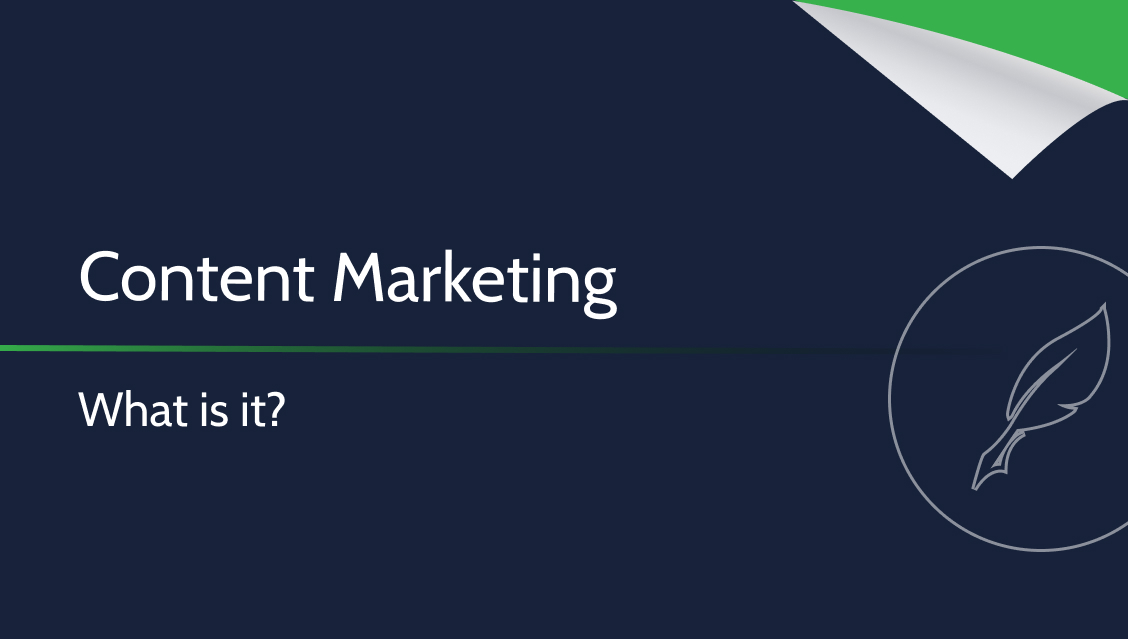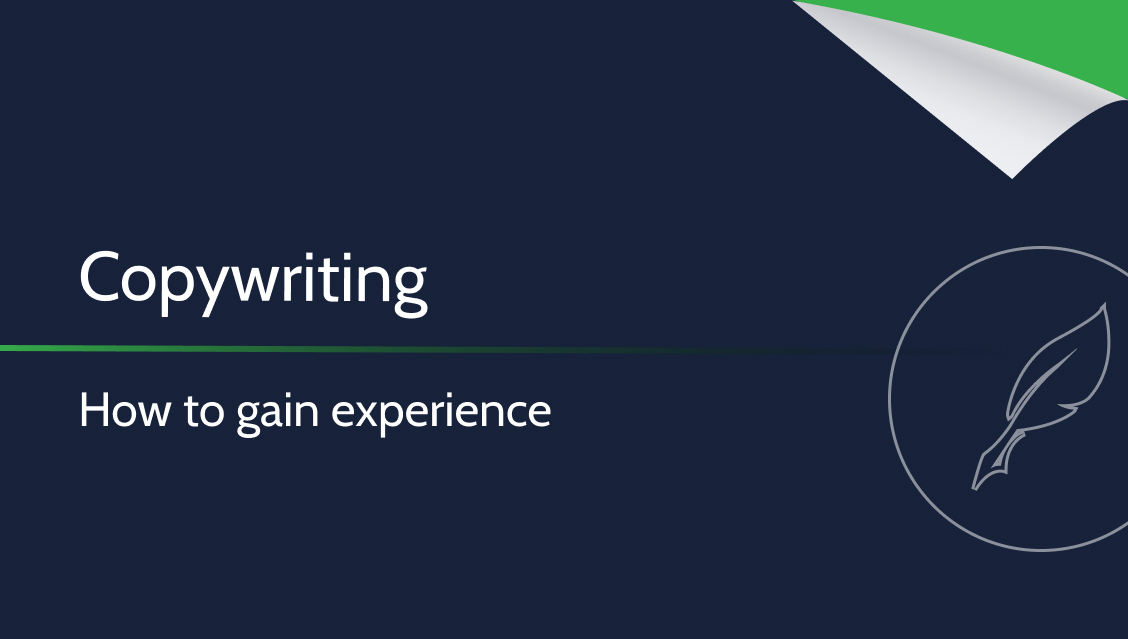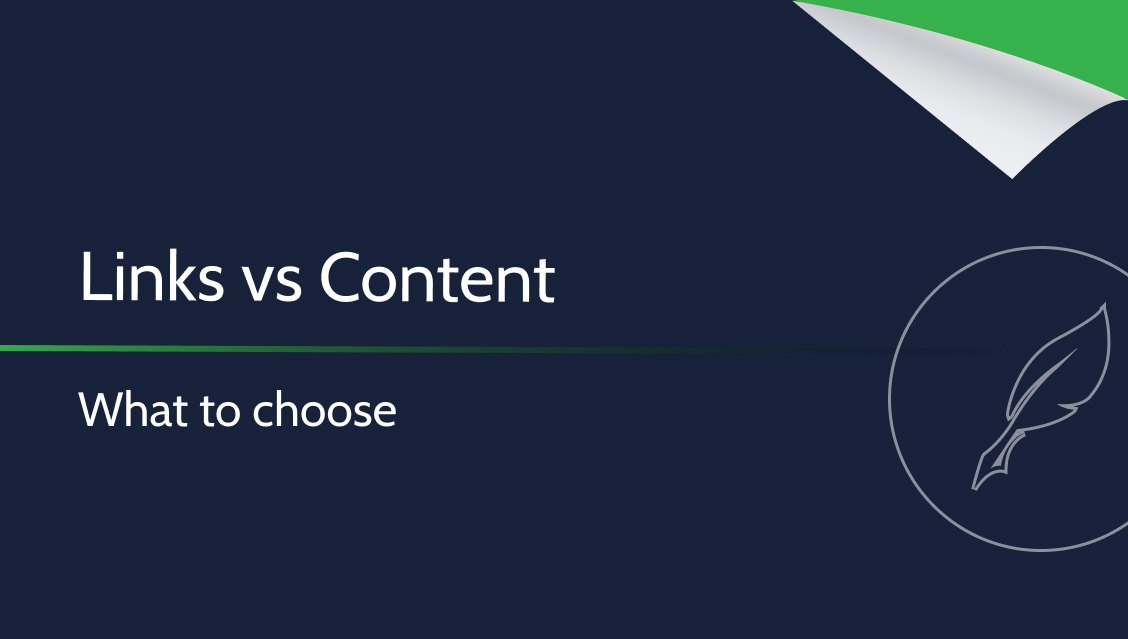AIDA – how to understand a client

Unfortunately, we might have just disappointed opera fans – it is not that. AIDA is an innovative marketing model that, if you understand it, brings benefits to people in this field. More information in today’s article.
AIDA – what is it?
AIDA (“attention”, “interest”, “desire”, “action”) is a hierarchical model that states what are the steps of decision-making process.
According to it, a potential client goes from a cognitive (that is reasoning) to affective (emotional) stages, the accumulation of which is taking a specific action, that is purchase of a product or use a service.
The model was created by an American advertiser and seller Elias St. Elmo Lewis over a hundred years ago. Since then, several extensive variations have come to life. We will take a glimpse at them later.
AIDA scheme
The model contains four “ingredients”:
- Attention – at the very beginning, the potential client must be aware of the existence of a potential brand or product.
- Interest – having someone’s attention caught, we should make them familiar with the benefits our good and services bring.
- Desire – whether a consumer want or need to get in touch with our products.
- Action – that is implementation of what we have written above, that is when the user either start looking for offers or get familiar with the good our enterprise offers.
These are the four stages that make the random person becomes our client. However, the success and prosperity of every one mentioned depends on the actions taken. Let’s see what should we do to make a process follows such model.
How to use AIDA model?
Every consumer reaction that we expect should be the result of our actions. It is not just about desire as we have to guide every client through the stages we described above. How to do so?
Firstly, characterize your client. Parameters that concern age, place of residence, belonging, possibly gender, will mostly depend on the product or service we offer. It is equally important to define its value and company image to gain credibility. After you specify a consumer profile, proceed the first stage of AIDA scheme.
Build brand awareness among potential customers
Recipients who match our characteristics become the main target of marketing activities which we are carrying out. We should also consider the choice of a medium. In case of young users, focus on SEO activities on the social media. If we want to catch attention of older people (let’s say those aged 60 who live in small towns), then it is better to rethink and choose other, probably more conventional form of communication.
Redirect users’ problems
It is important, on the other hand, to maintain authenticity – many people associate marketing with an illusion or, colloquially speaking, jam tomorrow. Whether we want to be taken seriously, we have to prove that we are not different from our recipients. We should also approach to this problem individually and image it would apply to every of us.
Offer a specific solution
Let’s present our product or service as a comprehensive response to similar situations and problems. Thanks to this, the client should be convinced that our thing will improve or even make life easier. Of course, it also depends on the specifics of our product and industry – not all products can be a sacrifice. Obviously, one has to be tactful not to disregard the authenticity built by the two previous stages.
Encourage to purchase
Finally, whether we have completed all the steps mentioned with a success, then the customer should take an action to purchase our goods. Most importantly, recipient will have a feeling like it is an independent decision, that is especially important for people who stay highly reserved to marketing techniques.
AIDA scheme variations
This model, even though it presents ways it influences purchase, says nothing about any other processes. Over the years, the criticism was often about omitting a consumer satisfaction, the tendency to recommend or purchase product or service again. For this reason, many variants and alternatives approaches have been created so far. Below, we present:
- modified AIDA model: attention, interest, belief, desire, action;
- AIDAS, that is: attention, interest, desire, action, satisfaction;
- AISDALSLove: attention, interest, search, desire, action, like/dislike, share, love/hate.
AIDA – where to apply
Although AIDA was originally intended for action planning, the very pattern of triggering a reaction can also be transferred to other fields. AIDA may also be the model layout of the advertising text, regardless of the type – from short leaflets to extensive presell pages texts.
In case of language there are number of measures that could have been used, like call to action or language of benefits. This formula has been a guarantor of effectiveness, so there is no reason why you should not try to implement AIDA from time to time.
Summary
- AIDA is a marketing model of four stages that every customer is going through just before purchasing a product;
- These stages concert acquisition of awareness and attention, interest in the offer, creation of a need according to a desire, and persuading an action;
- AIDA, on the other hand, does not take sooner relations into account, that is consumer satisfaction;
- The diagram itself can also be used for other purposes, like content advertising.















Leave a Reply